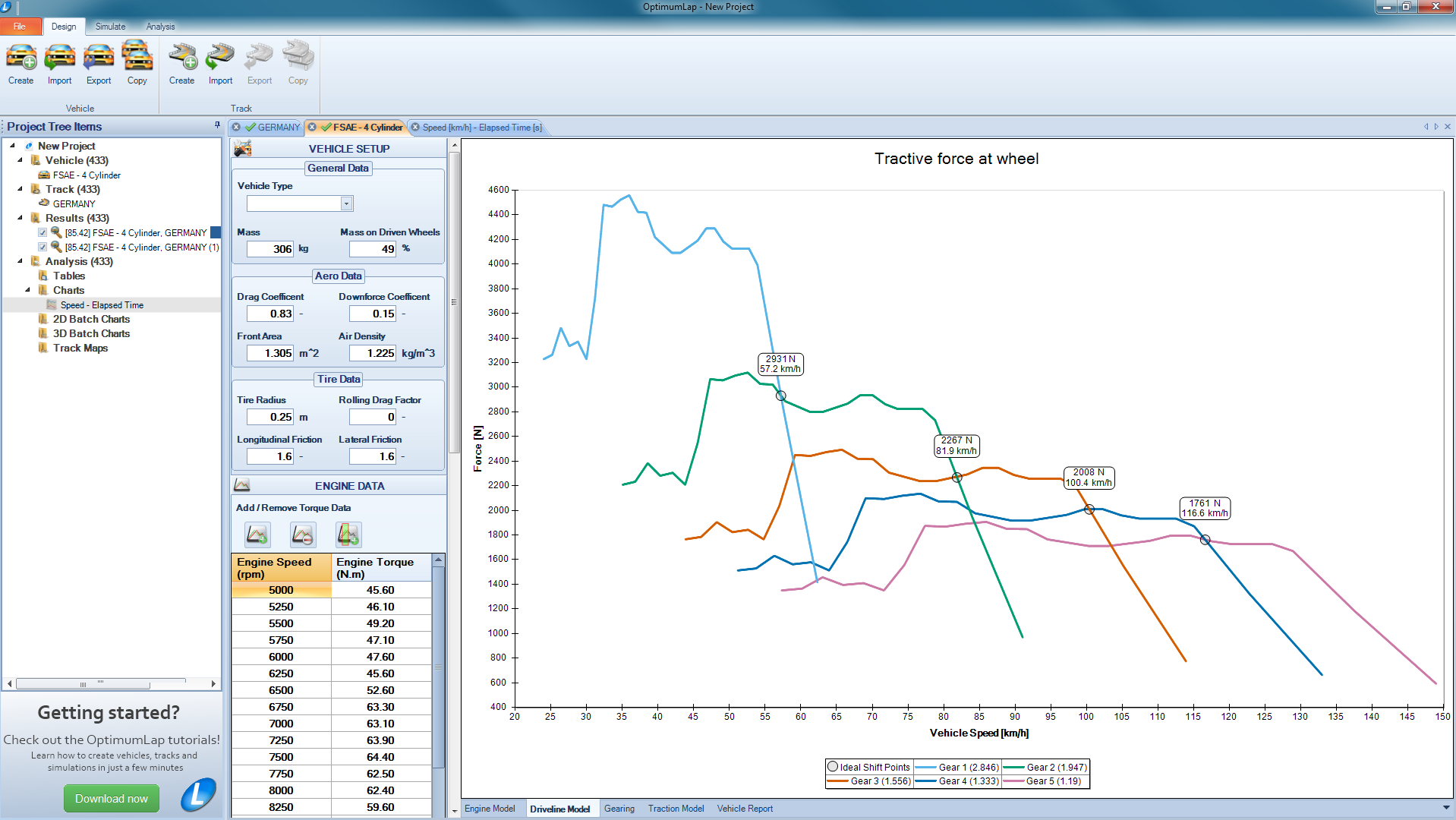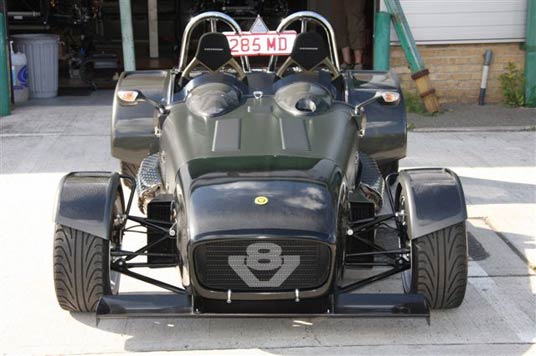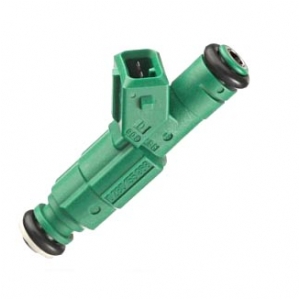I've installed an
Innovate LC-1 wideband Lambda controller connected to my MBE 9A4 ECU.
A wideband lambda output a linear 0-5V AFR (
air/fuel ratio) sensor reading for a wide range of lambda values, in contrast to an ordinary lambda sensor that output more like a narrow rich/lean reading compared to a fixed reference. This makes it possible for the ECU to real time control the fuel mixture to a set value, based on the these readings - "closed loop lambda control".
The 9A4 also supports a long term AFR adjustment map, a bit like "self mapping". Some of the difference between the expected and measured lambda value is written to the long term adjustment fuel map, so the next time it is time fire the injectors for the same conditions it uses the updated value. For making the changes persistent to the primary fuel map you manually have to select to merge the long term map into the primary map with a computer connected to the ECU. The long term map is cleared after ECU power loss.
This sounds a bit too good to be true, and probably is. I've done some internet forum digging and it seems like it is not recommended to use closed loop lambda control when the engine is under high load, although the reasons why are a bit vague. For medium load and idle it seems to be no reasons not to use it. And for logging ECU data a wideband lambda sensor is a great tool.
However it won't work unless you have a pretty good base map to begin with.
The wiring was a bit fiddly and time consuming but pretty straight forward.
It took some trial and error to figure out how to program the ECU, so I thought I'd do the world a favour by showing my setup for the LC-1 controller configured with factory defaults. (Analogue 2 output from the controller into the ECU, brown wire).
Start with the "Analog Lambda Sensor 16 bit Index Map" setting. This tells the ECU the sensor input is linear and the interesting voltage range is between 0 and 5V.
Then "Analog Lambda Sensor Calibration" setting. This is what voltage corresponds to what lambda value. This is for the factory settings, 0V = lambda 0.5 and 5V = lambda 1.523.
Set the Oxygen Sensor lower and upper limits settings to 0 and 5V.
And finally you must have a target lambda map. Target lambda 1.0 at idle, and lower (richer) for more power at load.
 |
| Target lambda map. NOTE! The values used here are quite lean!! |
Start the engine, and if all readings seems fine you can activate lambda control by setting "Lambda A (1) Control Enable".
After about 30 seconds from engine start, the ECU should start to adjust the engine's AFR to follow the current target lambda.

 I had my dampers dismounted for another reason and now I had plenty of space in front of the engine. I removed the starter motor to be able to lock the flywheel with a chisel when removing and tightening the front pulley bolt.
I had my dampers dismounted for another reason and now I had plenty of space in front of the engine. I removed the starter motor to be able to lock the flywheel with a chisel when removing and tightening the front pulley bolt.



















































